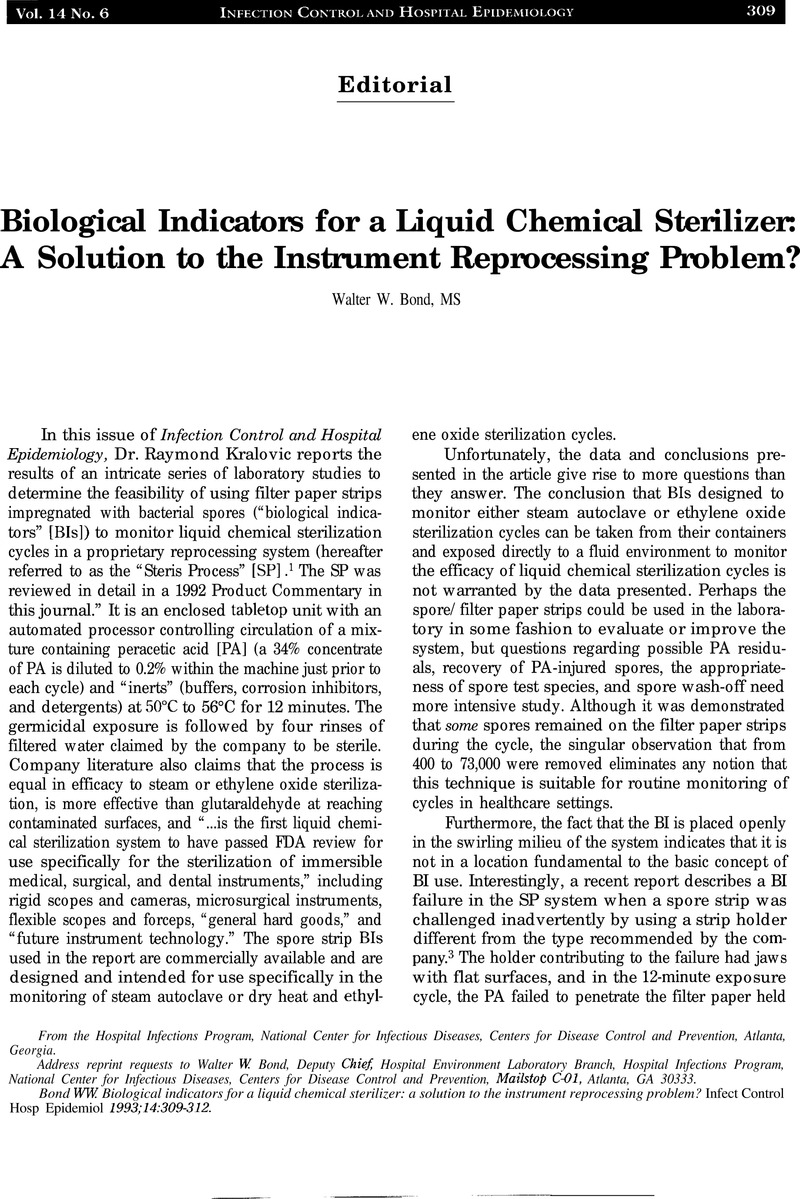Crossref Citations
This article has been cited by the following publications. This list is generated based on data provided by Crossref.
Mannion, P.T.
1995.
The use of peracetic acid for the reprocessing of flexible endoscopes and rigid cystoscopes and laparoscopes.
Journal of Hospital Infection,
Vol. 29,
Issue. 4,
p.
313.
Rutala, William A.
1996.
APIC guideline for selection and use of disinfectants.
American Journal of Infection Control,
Vol. 24,
Issue. 4,
p.
313.
Muscarella, Lawrence Freed
1996.
High-Level Disinfection or "Sterilization" of Endoscopes?.
Infection Control and Hospital Epidemiology,
Vol. 17,
Issue. 3,
p.
183.
Muscarella, Lawrence F.
1998.
Anticipated reliability of liquid Chemical Sterilants.
American Journal of Infection Control,
Vol. 26,
Issue. 2,
p.
155.



